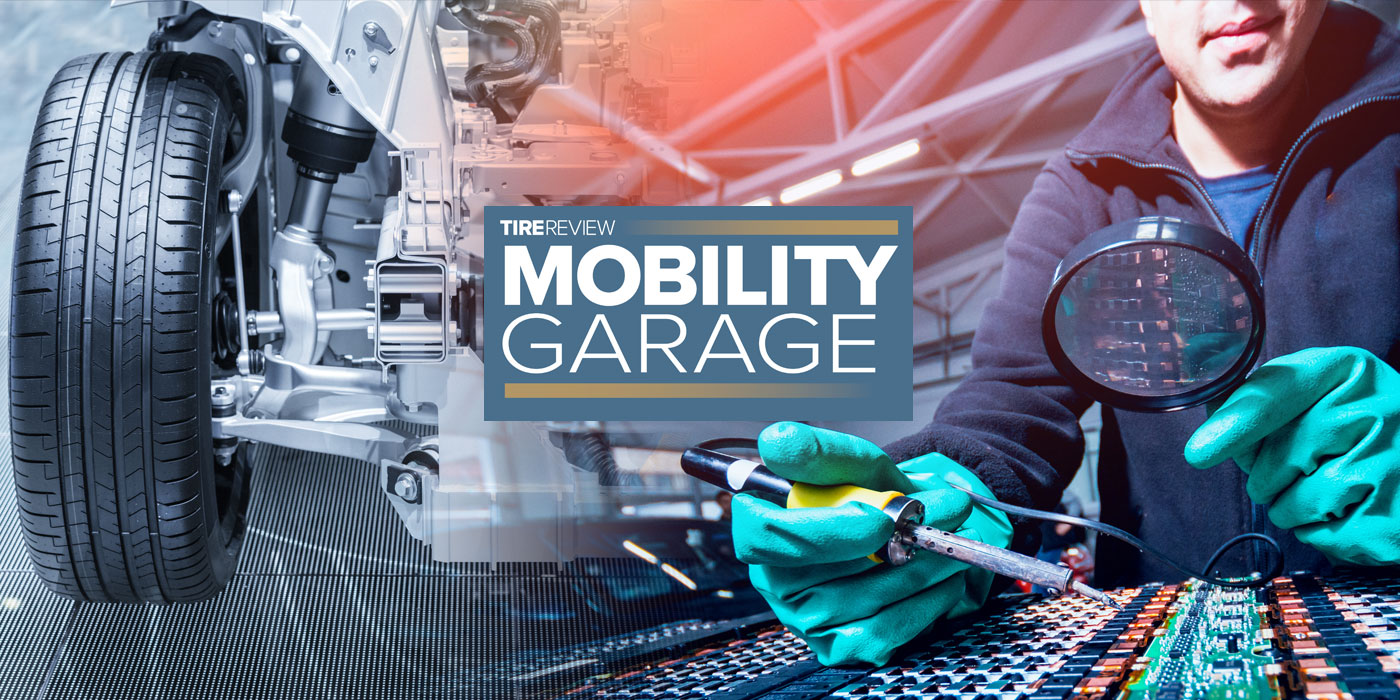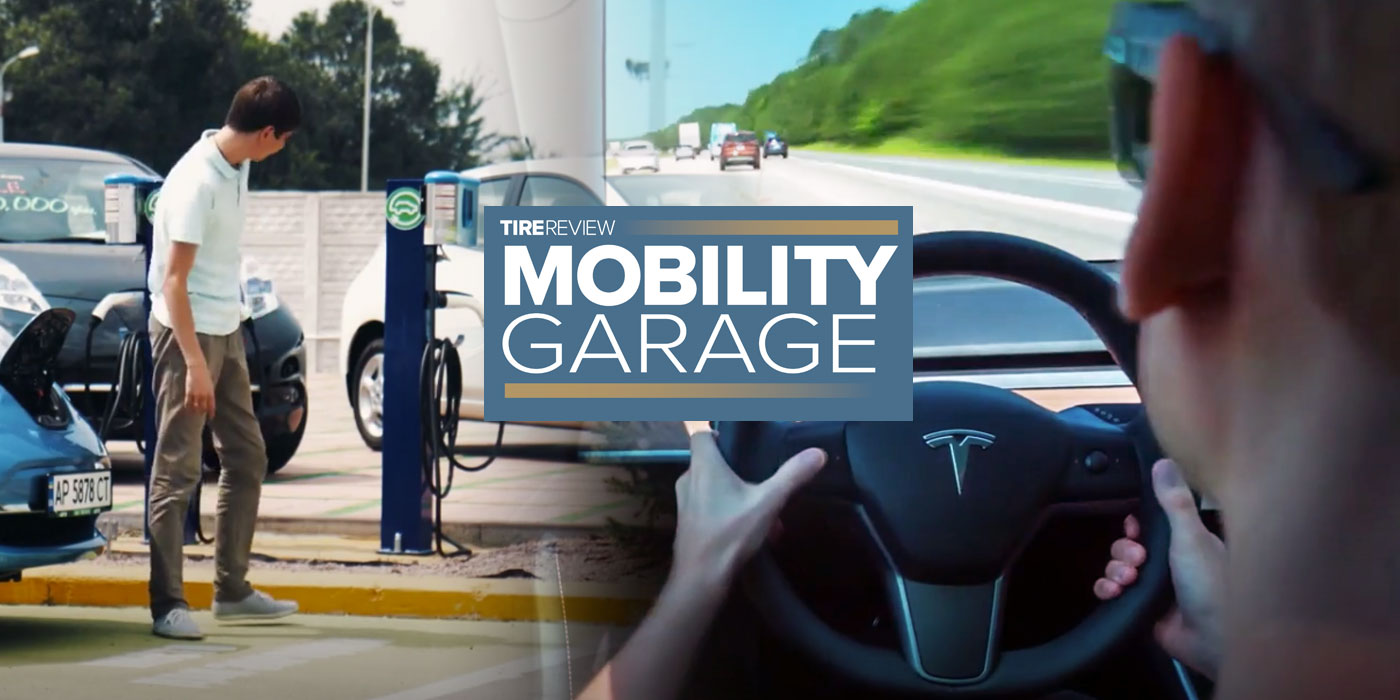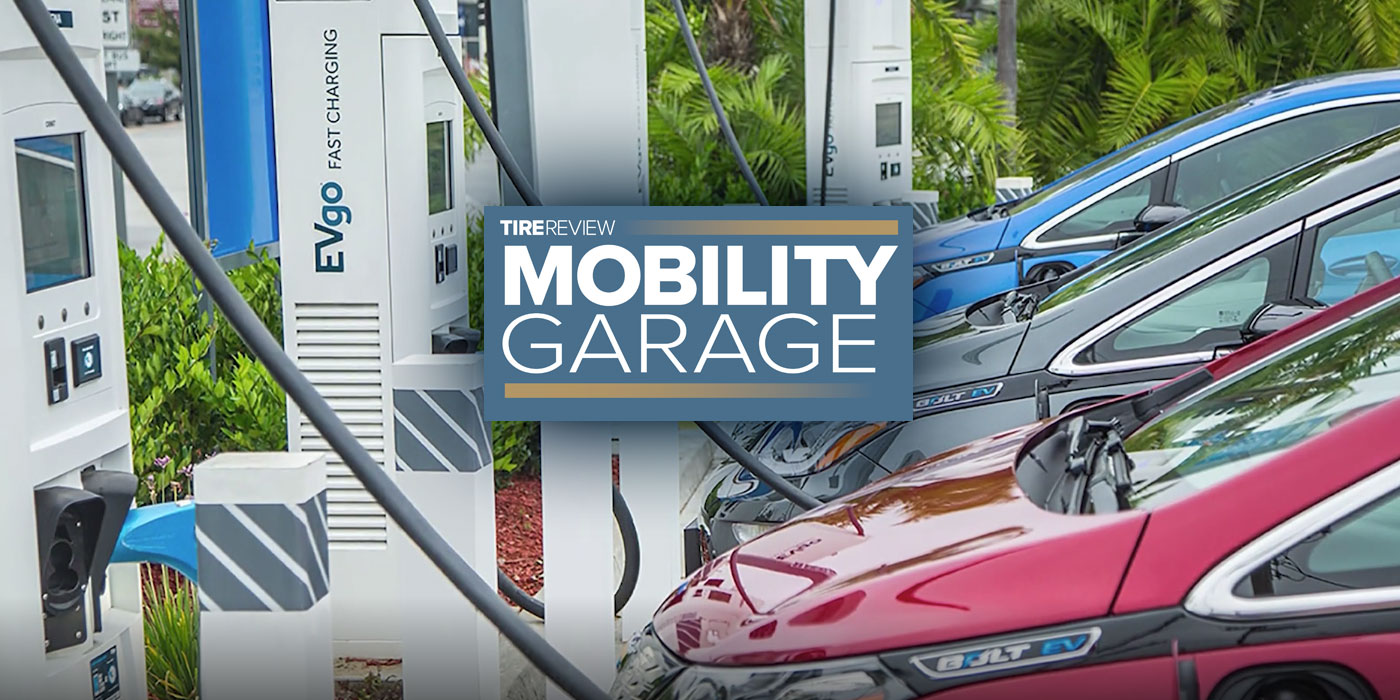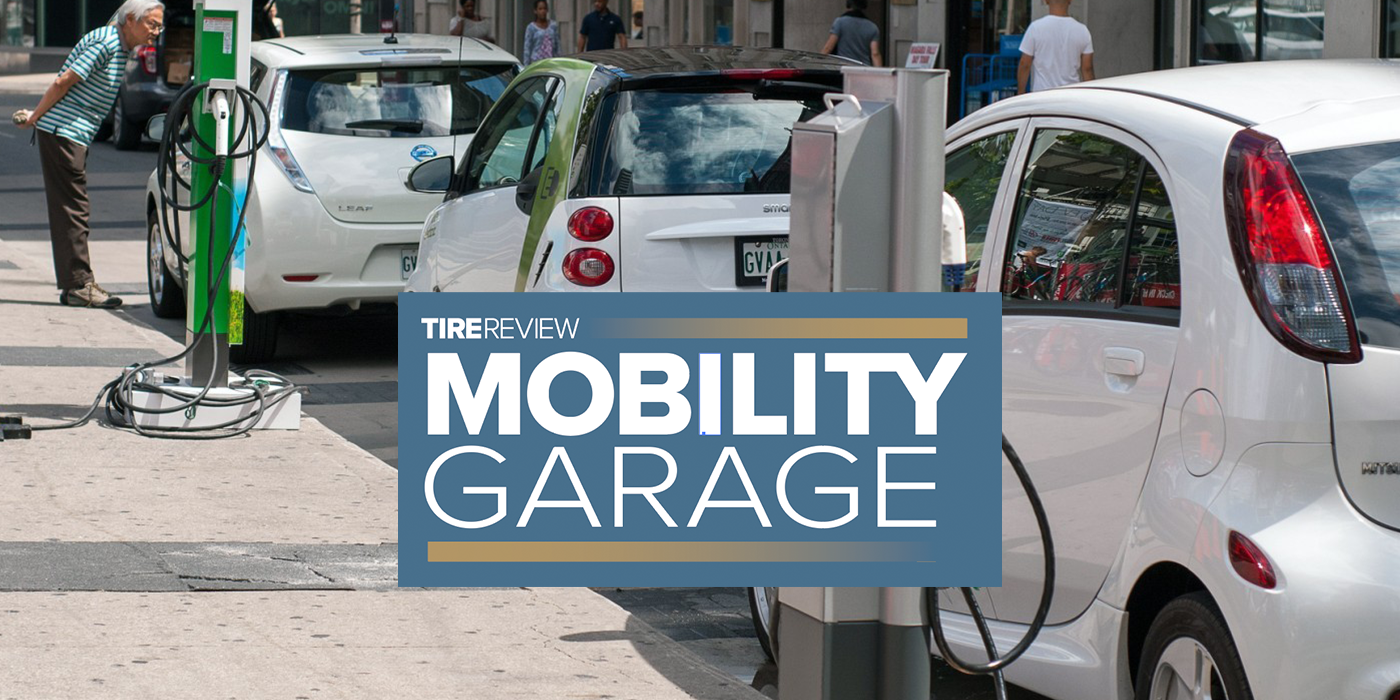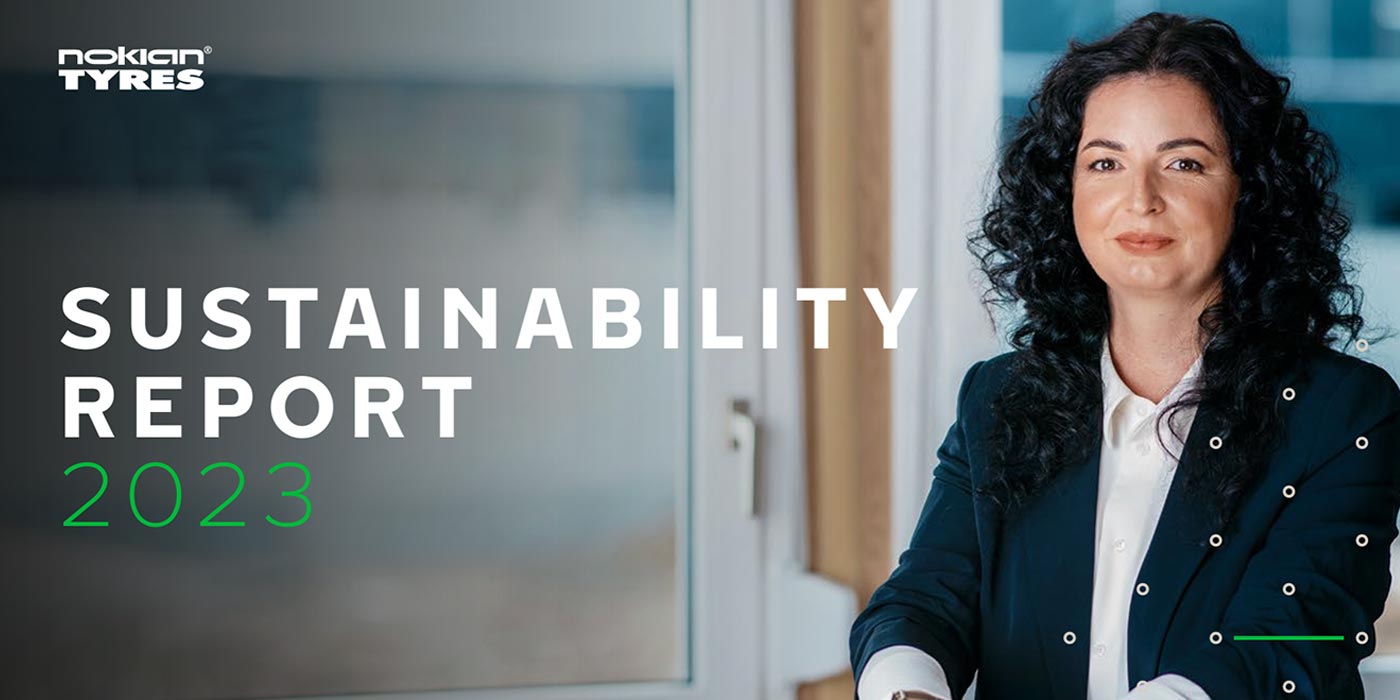Tires have long been the standard and common item on every type of vehicle. But vehicles are changing – electric, autonomous and more – so how will that reality affect tires and their critical role? Watch above or keep reading as tire industry veteran Jim Davis, retired Goodyear communications manager and former Tire Review editor, delves into the future of tires looks like.
You might say the tire industry – manufacturers, retailers, distributors and everyone connected to this business– has held a monopoly in the field of transportation. Let’s face it, on cars, trucks, busses, motorcycles, tractors, aircraft and just about anything else, tires have long been the single component that touches the ground. In other words, if it rolls, it rolls on tires.
The good news … tires will remain vital for future vehicles, even as they evolve. The composition of tires may change, and the technology developed into them is different – but hey, that’s been happening for the last several decades anyway. The evolution of tire design and the manner in which tires need to continually improve is an ongoing march forward, adapting to future vehicle development.
With tires playing a very important role in the efficiency of electric and autonomous vehicles, they need certain characteristics for EV fitments. Those include low rolling resistance qualities and sound-dampening technologies. Rolling resistance refers to the energy used to roll a tire; those calculations then translate into fuel or battery efficiency. Lower rolling resistance tires also squeeze out the best possible range for EVs.
Amongst many tire designs and types, a significant difference of miles per gallon or overall EV range can exist – so the technology in various tires matters greatly.
This is achieved by adapting the tire’s structure — making it more lightweight, optimizing the rubber compound, even aerodynamically tuning the sidewall. With rolling resistance accounting for up to 20% of a vehicle’s energy consumption, any savings here can have a significant effect on range.
To meet most challenging rolling resistance requirements, the whole tire is considered. Tire manufacturers continue to work on every possibility to reduce the rolling resistance contribution of all applicable tire components. For example, a low rolling resistance sidewall, ply composition, base construction, and wire coat are all under development. Manufacturers are even using 3D printing to find new advantages.
Secondly, a vehicle’s weight can be a huge factor in efficiency, thus requiring engineers to develop low-weight components. We’re seeing engineers use all sorts of exotic materials to reduce weight on EVs, but it’s happening with the tires, as well.
The general public may not think about it, but tire weight plays a significant role in efficiency. Lightweight/high strength materials are being investigated, including higher strength steel and fabric reinforcement, advanced composite materials and more. Remember, too, that increased work in the area of tire sealants and run-flats allows for the elimination of the spare tire, so overall lightweight considerations come into play there.
Of course, you’ve always heard that tire development and design is a matter of compromise or trade-offs. A common question when considering tires for EVs, for example, is “Can you have quiet and traction, too?”
Because EV noise and comfort are magnified due to lack of sound or vibration from an internal combustion engine, everything else – the noise from brakes, suspension and tires – gets amplified.
Already, you’re seeing tire manufacturers developing foam inserts and other solutions that can lower the noise generated by the tires by half. It creates no loss of performance in the tire, and the foam is light enough to create no impact on the tire’s speed or energy consumption.
Most tire noise comes from the tread pattern and the pitch sequence of the tread elements. That noise can also be reduced by fine-tuning the construction, overall contour design and tread pattern. Acoustically optimized tread grooves help to provide an optimal solution.
All in all, while most consumers likely don’t realize or appreciate the high level of technology that goes into their tires, these products have continually delivered ever-greater performance and efficiency.
With the onset of new vehicle types, that will not change. The technology will keep pressing forward and the four things that connect the vehicle to the pavement will continue to be tires.
One commonality for all future mobility solutions is the one thing that touches ground. The tire enables precise steering, grip to accelerate and brake and absorbs vibration and noise. Simply put, the tire is integral to the driving experience – no matter what you’re driving.

